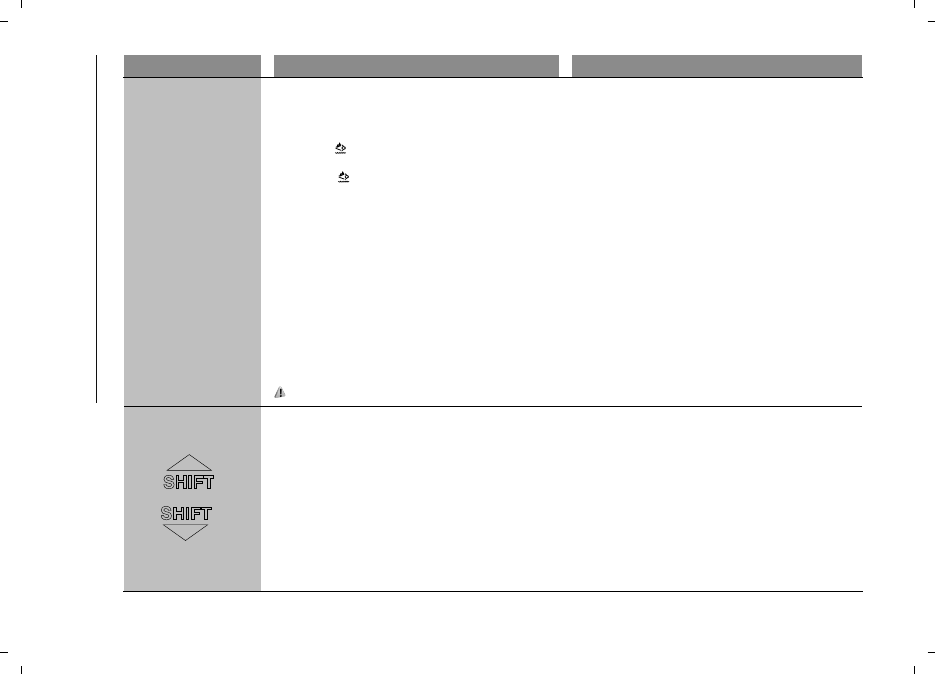Fiat Doblo Panorama (2019 year). Manual - part 5

KNOWING THE INSTRUMENT PANEL
74
Messages on display
What it means
What to do
INDICATION OF DIESEL EMISSIONS ADDITIVE LOW
LEVEL (UREA)
When low UREA level is detected, a text message will
appear on the instrument panel display, together with
the symbol
to indicate that UREA must be topped
up.
The symbol
stays on until the tank is topped up
with at least 5 litres of UREA.
If you do not top up, a specific message will appear
on the instrument panel display whenever a certain
threshold is reached until it will no longer be possible
to start the engine.
A message appears continuously on the display
when the residual range is approximately 200 km
accompanied by an auditory indication.
When the residual range is 0 km, a specific message
will appear on the display (for versions/markets, where
provided). It will no longer be possible to restart the
engine after it has been stopped.
It will be possible to restart the engine after pouring at
least 5 litres of UREA in the tank.
49)
Top up the UREA tank as soon as possible with at least
5 litres of UREA. If topping up is done with remaining
range of UREA in the tank equal to zero, you may need
to wait two minutes before starting the vehicle.
GEAR SHIFT INDICATION
(for versions/markets, where provided)
On vehicles with a manual transmission, the gear shift
indicator suggests gear changes to the driver (SHIFT
UP or SHIFT DOWN) via a special display on the
instrument panel. This suggestion to change gear is
designed to improve consumption and ensure the best
driving style.
NOTE The indication in the instrument panel remains
on until the driver shifts gear or the driving conditions
go back to a situation where gearshifting is not
required to improve consumption.